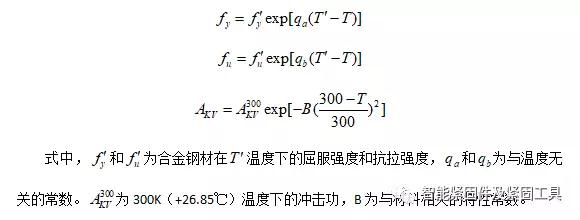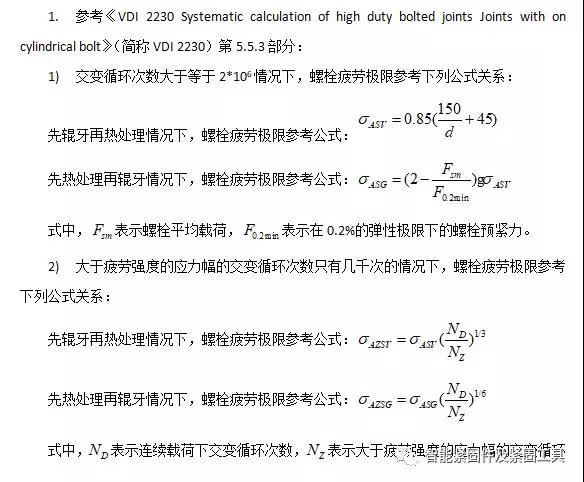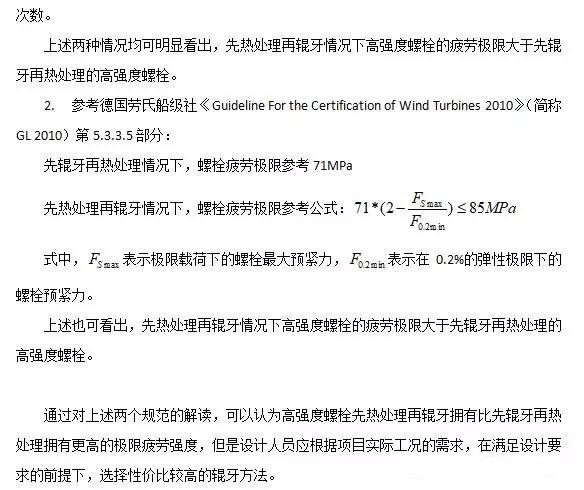First, the scope
It is well known that in low temperature environments, the mechanical properties and physical properties of metallic materials are affected to varying degrees (performance degradation). The range of low temperature concept is a bit fuzzy, this article takes the temperature range of -40 ° C to -50 ° C, high-strength fasteners with M48, M56 specifications as the object of discussion.
Second, the effect of low temperature on the mechanical properties of metal materials
The figure below is the most common schematic diagram of the low temperature toughness and brittle transition temperature, which is commonly found in impact standards, specifications and various books.

Low temperature ductile-brittle transition temperature
Low temperature has a great influence on the mechanical index of alloy steel. With the decrease of temperature, its tensile strength, yield strength, section shrinkage, elongation after break, specified non-proportional extension of 0.2% stress, AKV2 impact performance, etc. will be different. As the degree decreases, the modulus of elasticity will increase to varying degrees, generally not exceeding 10%, and tends to be stable. The brittle fracture is a brittle failure. It has no obvious plastic deformation characteristics such as elongation, bending and necking before breaking. The fracture is flat and exhibits nonlinear characteristics in mechanical properties. The cold-brittle fracture behavior time is short and the damage is large, and there is no effective means to predict it.
Note: Not all metal materials have low temperature and cold brittleness at low temperatures. Whether cold and brittle phenomenon will occur is related to the lattice type of metal materials. Due to space limitations, this aspect will not be discussed.
Aiming at the influence of temperature change on strength, the predecessors have done a lot of experiments, and based on the experimental data, the approximate formula of the yield strength, tensile strength and impact energy of alloy steel with temperature is derived:

The above formula shows that the yield strength, tensile strength and impact energy decrease with decreasing temperature, and according to the measured data mentioned in a large number of literatures, the measured rate of decline of yield strength is greater than the rate of decrease of tensile strength, that is, yield ratio. It also decreases as the temperature decreases. Both the plastic index elongation and the section shrinkage decrease as the temperature decreases.
Heat treatment medium, cooling rate
Third, large-scale high-strength bolt heat treatment process
The production process of high-strength bolts is similar, and the heat treatment process is one of the core processes. The heat treatment of large-size high-strength bolts generally uses salt bath furnaces, multi-function furnaces, mesh belt furnaces and other equipment. Salt bath furnaces have been widely used in fasteners, die steel, aluminum alloy and other industries. However, due to the large pollution and certain harm to workers' health, they have been slowly eliminated. At present, multi-functional furnaces and mesh belt furnaces are the mainstream. equipment.
In addition to controlling the temperature time heat treatment curve to obtain the target metallographic structure and mechanical properties, the heat treatment process must also pay attention to the choice of quenching medium and quenching speed. For example, 10.9 grade M56 is a large-size high-strength fastener. Some people choose 42CrMo+ water quenching. Some people choose 40CrNiMoA+ oil quenching. The rate of water quenching is faster, the cost is lower, and the cost of oil quenching is relatively higher. Of course, oil quenching can also choose a cooling rate that is particularly fast and over-speed oil quenching. But why would someone choose a more expensive oil quench?
I have done a group of low temperature impact tests of M56 under different heat treatment conditions at -50 °C, see the following table:

It can be seen from the above table that 42CrMo+ water quenching and 40CrNiMoA+ oil quenching can meet the requirements of national standards and industry specifications at low temperatures. However, the performance difference between the two is very obvious, so the designer should select the material with high cost performance and heat treatment process according to the actual working conditions of the project and meet the design requirements.
Fourth, the production process
In the production process of high-strength bolts, threaded rollers are one of the key processes. Threaded rollers are commonly called spinning and rolling. There are two methods for threading the roller, one is to heat the roller first, and the other is to heat the roller first. Many people know that the cost of reheating the first roll is relatively low, but the effect of the two methods on the mechanical properties of the bolt is not well understood. The following two specifications from VDI 2230 and GL 2010 respectively discuss the high-strength bolts after two roll methods. The difference between the fatigue limits.


V. Summary
Due to the limitations of my level and length, please give me more suggestions and corrections. Under low temperature conditions, the research on the performance and production process of large-size high-strength fasteners is far more than the above, and there are many places worth exploring, such as inclusions, grain size, alloying elements, creep, Impact sampling position, segregation, hydrogen embrittlement and decarburization effects. This article only throws bricks and jade, hopes to attract more colleagues to pay attention to and discuss the performance and production process of high-strength fasteners under low temperature conditions.
The principle of elastoplasticity of metal materials is the same, so this article discusses not only the design and production of high-strength bolts at low temperatures, but also low-temperature products for steel components, prestressed steel bars, prestressed steel strands and other metal components. The design and manufacturing also have a certain reference.
(Author Liu Ya)
Anti Slip Rubber Tape,Luminous Anti Slip Tape,Outdoor Anti Slip Tape,Reflective Anti Slip Tape
Kunshan Jieyudeng Intelligent Technology Co., Ltd. , https://www.jerrytape.com